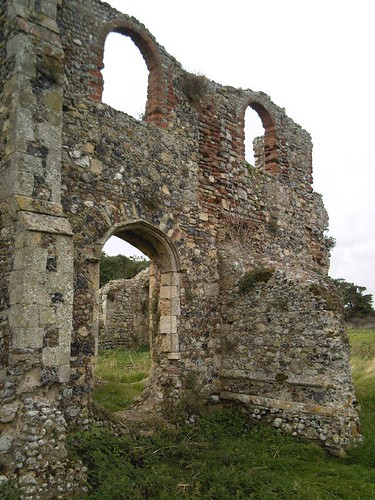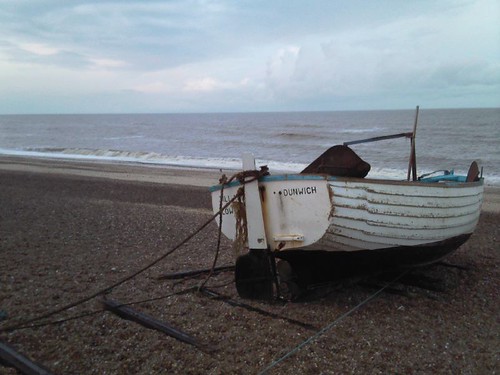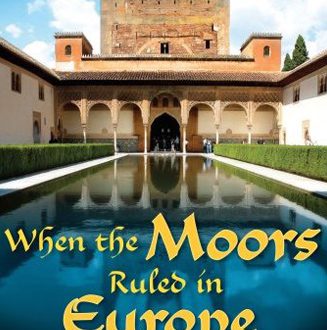By the middle of the 13th century, Dunwich was a prosperous coastal city with a fearsome royal flotilla, extravagant priories and thousands of happy inhabitants. It was a genuine rival to London, and the envy of Europe. But just two hundred years later the city lay in ruins, torn to shreds by the tyrannical tides of the East Anglian coast; its once-illustrious ramparts reduced to ruins at the bottom of the North Sea. Today the town remains a stunning coastal retreat, and the shattered pieces of its greyfriars’ abbey broods beatifully across the beach. But now a team of experts believe new technology will allow them to observe the sunken remains of Dunwich, through the thick silt of its watery grave.
Stuart Bacon is a marine archaeologist who has spent 30 years of his life chasing Britain’s Atlantis. He has dived to the bottom of the sea over a thousand times and felt Dunwich’s submerged relics by hand using a 1587 map, but with sporadic success. Now he is hoping a partnership with a University of Southampton team, led by Professor David Sear, as well as new imaging technology will allow him to see his white whale for the first time. The 25,000 expedition, backed by English Heritage and the Esme Fairbairn Foundation, will use the latest underwater acoustic imaging technology to search for any remains lying between 10ft (3m) and 50ft (15m) down.
Prof. Sear is confident the equipment with unlock some of Dunwich’s long-lost riddles: “Technical advances, such as side-scan multibeam sonar have massively improved our ability to create accurate acoustic images of the seafloor, and this survey should greatly enhance our knowledge of the site. We will be scanning the sea floor in grids,” he continues. “We know from maps and documents that many structures existed, but we do not know where they were, and this will solve that puzzle.” Prof. Sear was quick to allay any notion the team would find standing buildings in the sea, however, stressing that they had fallen from cliffs to their current home.
Dunwich rose to prosperity during the Medieval Period, when it was prominent enough to proffer a place in the 1086 Domesday Book. By 1205 there were five royal galleons in the city – comparable to London – at at its pomp later that century the city counted eight churches, 80 ships, five religious orders and a bustling wool, grain, fish and fur trade. It was even granted two Parliamentary seats; such was its prosperity. Yet it was hit by a huge surge in 1286 which took houses and several other buildings. Storms in 1328 and 1348 destroyed over 400 houses, two priories, a Benedictine cell, two churches, shops and windmills. By the turn of the 16th century Dunwich was a shell; a pier erected to shelter it from the elements consigned too to the sea. Today it survives as little more than a quaint village and local legend: this latest project, however, hopes to bring Dunwich back into the public eye – not least because of its striking, if modern, resemblance to Plato‘s famous Atlantis myth.
Images by Gavin Stewart.





